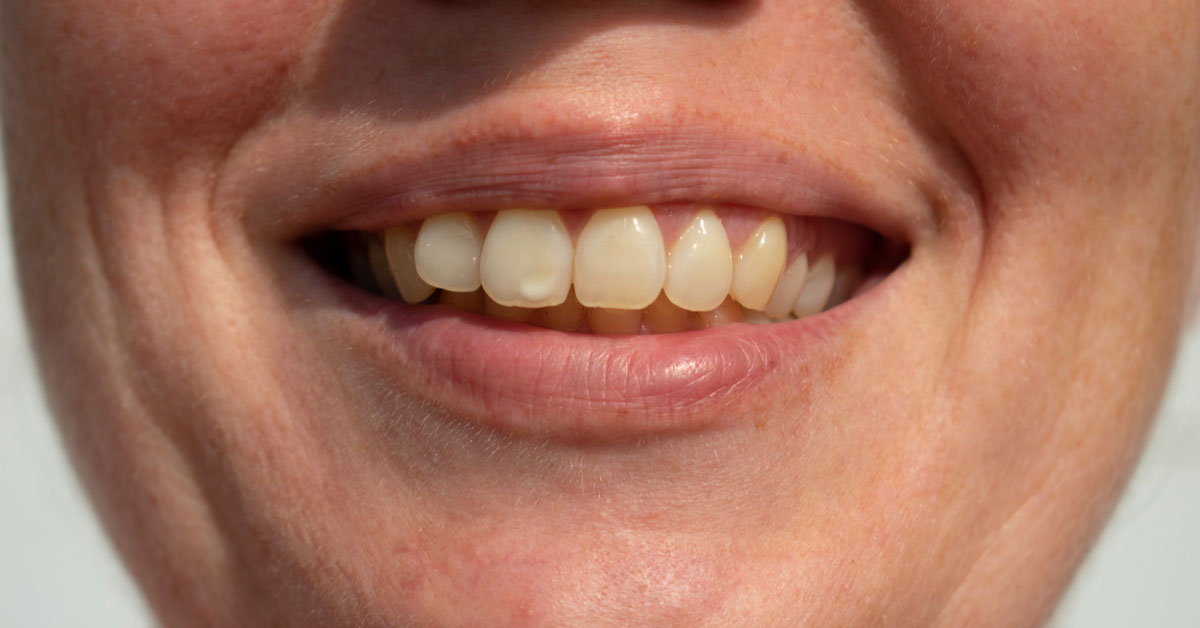
- Home
- About
- Our Team
- Services
- Postoperative Care
- Smile Gallery
- Medical Tourism
- Blog
- Offers
- Contact Us
- Home
- About
- Our Team
- Services
- Postoperative Care
- Smile Gallery
- Medical Tourism
- Blog
- Offers
- Contact Us

It is not uncommon to find white spots on the teeth. These white spots can happen to anyone, your child or yourself. These spots are indeed early signs of tooth decay. This should only set your alarm bells and there is no need to panic. But before preventing them from happening or treating them after they have happened, it is imperative to understand what causes these white spots, and how to treat and prevent them.
The white spots can happen because of three reasons, namely, because of a condition called enamel hypoplasia, beginning of tooth decay and due to fluorosis.
This occurs during the development stage of the child’s tooth. The lesions or the white spots normally does not get bigger. These are spots where the mineralization has thinned out. Your dentist would normally take note of these white spots in your child and would keep them under observation. This observation is needed to check if the white spots are turning into decay or are getting stained.
It can be found out if the white spots were not there during the development stage. The white spots on adults can only be because of this reason. Drinking too many colas, improper oral hygiene are the prime reason for this condition.
This is a rare condition although it is a possibility. When fluoride exposure has surpassed a threshold, the condition called fluorosis manifests. The excess fluoride causes this white spots. The white spots, in this case, is blotchier.
Many options are available to contain the white spots and it needs to be kept in mind that the treatment option differs based on the intensity and severity of the white spots. Microabrasion is a procedure in which the thin layer of teeth enamel is removed so that the white spots appear evener. Bleaching is another procedure where the entire teeth are bleached using agents that can match the teeth color.
If the patches or white spots are very significant and are so severe that techniques like microabrasion and bleaching cannot lend a helping hand, the option of placing composite veneers can come handy. In this option, a thin layer of composite veneer is bonded to the front side of the affected teeth. While veneers can prevent any further staining of the teeth, they do not provide any respite from tooth decay.
Ascertaining the reasons for white spots goes a long way in preventing further white spots from happening. If the reason is that of fluorosis, begin by checking the fluoride content in the water you drink. If the water supply is high in fluoride, then that needs to be addressed and fixed first. If the fluorosis is due to using more fluoride paste, then it needs to be emphasized that a pea-sized paste on your toothbrush is sufficient.
Maintaining proper oral hygiene like brushing and flossing twice a day, rinsing with mouthwash thoroughly and visiting the dentist once every six months can go a long way in keeping such white spots at bay. If the white spots are due to decreased minerals (demineralization), the dentist might recommend and prescribe remineralizing toothpaste. Not but not the least, a properly balanced diet that is high in minerals, specifically calcium and phosphorous, is highly recommended to be taken on a regular basis.